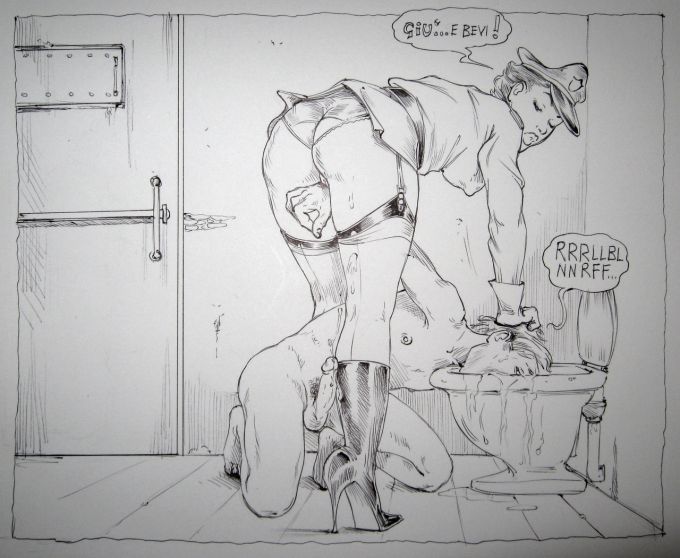One of the things I enjoy about blogs is watching opinions and discussions ripple out across them. As a medium they exist somewhere between a newsletter, a diary and a conversation. The dynamics are complex and I’m often surprised by what posts will sink without a trace and what will trigger a storm of discussion and controversy.
One recent example of this was a post by that well known troublemaker Ferns on the subject submission, consent and the D/s dynamic. That was followed by this post by kinkinexile taking issue with the definition of dominance used. That provoked maymay into a series of posts written with his usual tact and subtlety on the theme that ‘Dominants are Rapists’. You can read them in chronological order as post 1, post 2, post 3, post 4, post 5, post 6, post 7 and post 8. That’s a lot of posts, so if you’re short of time then 1 and 6 are probably the key ones to read. Spinning off from all that was this post by Tomio Black and this by gingernic, plus no doubt others I failed to spot.
I was planning to stick my nose into the debate, but for the moment I’ll play the role of the lazy college lecturer and simply throw it out there for discussion. I am, after all, a resource site. Possibly I’ll come back to it in a future post. It should also go without saying that a link here does not imply endorsement of any particular viewpoint. The set of things I find interesting includes many which annoy or infuriate me.
As a meta-comment on the debate itself, I will say that maymay’s case is not enhanced by his tendency to classify the emotional and angry responses generated as proof that he’s getting close to the truth. I could post that all submissives are sad losers who don’t deserve a real relationship and generate a lot of strong responses. That wouldn’t constitute proof that I’d hit a nerve and was onto something. It reminds me of the old joke – ‘Yes, it’s true they laughed at the Wright brothers, but it’s also true that they laughed at Bozo the clown’.
I wasn’t really sure what image to go with here, but seeing as Ferns mentioned chores, I’ll run with that particular theme.










